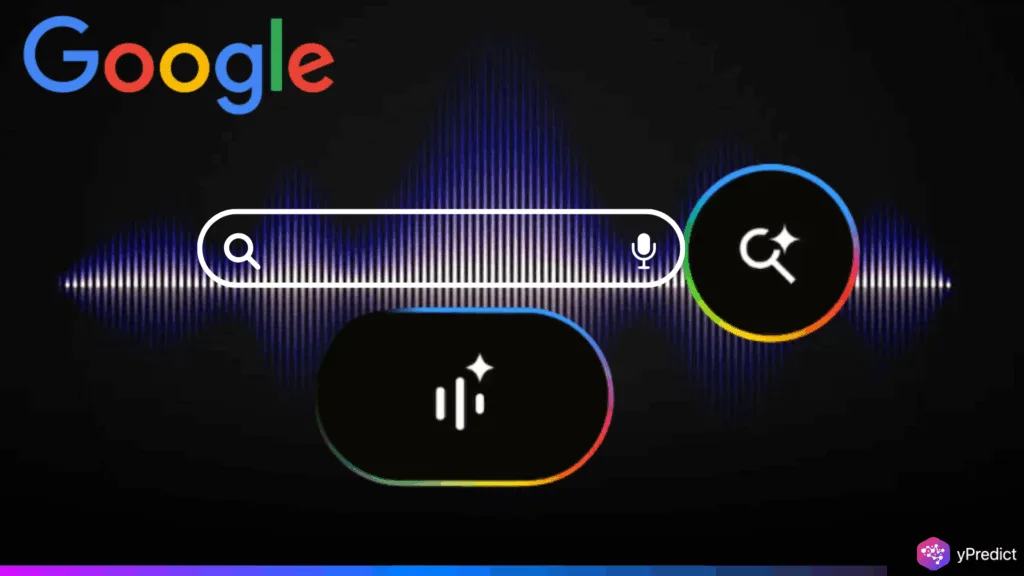
Google has launched Search Live in AI Mode for its Android and iOS apps. Allowing users to interact with Google Search via voice conversations. Initially available only in the U.S. for users enrolled in the Labs experiment. This feature is powered by a custom Gemini model fine-tuned for spoken queries. Users can tap the “Live” icon in the app to begin chatting with Search and receive real-time, spoken responses, even while multitasking. It’s ideal for moments when typing is inconvenient. The interface includes voice control, transcript options, and scrollable web links to keep interaction seamless and informative.
Gemini Model Powers Enhanced Voice Search
Google’s new AI Mode uses a tailored Gemini model designed specifically for advanced voice interactions. It integrates real-time conversational AI with the high-quality information infrastructure of Google Search. Ensuring reliable answers for both casual and complex queries. The feature also employs a “query fan-out” system that broadens the scope of results, surfacing more diverse content from across the web.
Users activate the feature by tapping a sparkle-badged waveform icon under the search bar or via a new button next to the search text field. This launches a full-screen interface with light/dark themes and a dynamic AI-themed animation. Once active, users can ask questions like, “What are some tips for preventing a linen dress from wrinkling in a suitcase?” and receive a verbal response.
There is also the natural follow-up feature that is supported by the system, e.g., What happens when it wrinkles? One does not have to repeat of original query. Scrolling links are placed below the conversation with extra information and sources to look at without shifting the momentum. The voice-first application proves especially useful when cooking, driving, or doing any type of packing. Anytime when you need to have your hands free. It can be interpreted as the move by Google to improve invariant, multimodal searching experiences, designed with mobile-first users in mind.
Functionality, Accessibility, and Voice Modes
Search Live in AI Mode isn’t just a simple voice assistant; it’s a full-featured search experience. The voice interaction continues even if users lock the screen or switch apps, ensuring uninterrupted assistance. A mute/unmute pill button and transcript toggle are available at the bottom of the interface, allowing users to seamlessly switch between text and voice-based modes depending on their preference or environment.
The voice feature is smartly designed to support contextual memory, making it feel like a natural conversation. For example, users can ask a series of related questions and get precise answers each time without rephrasing. The top of the interface includes a gradient Google “G” and an arc-style waveform animation in AI Mode colors, reinforcing the presence of generative AI assistance.
An ‘X’ button in the corner ends the session at any time. Through the overflow menu, users can access their Search history or adjust Voice settings. Google offers four voice “personalities” or modes. Cassini, Cosmo, Neso, and Terra, allowing users to personalize the tone and style of responses. While still in experimental rollout, this feature signals Google’s push toward ambient, multimodal computing. Where conversational AI is embedded across devices.
What This Means for Search and AI
The introduction of Google Search Live in AI mode is one of the significant advances in the history of searching, as it moves further to the kinematical type of interaction with a search engine that is conducted orally. Although its usage is initially restricted to the user of U.S. Labs, the practical applicability of the feature in real life will enable this feature to increase in usage countrywide. Google is hoping to reinvent the way users interact with information, combining voice, AI, and web exploration into a seamless experience. It also brings AI closer to being a digital companion who is context-aware, and it can build conversations in a natural way.






